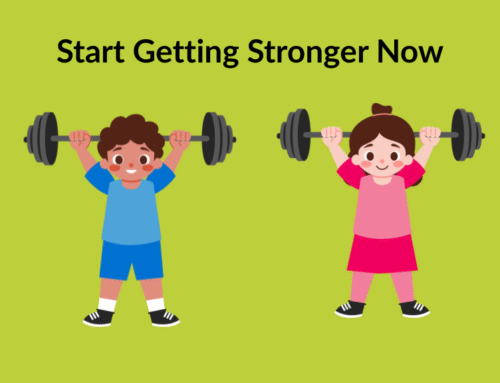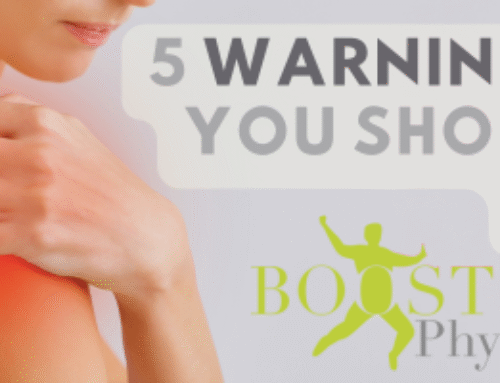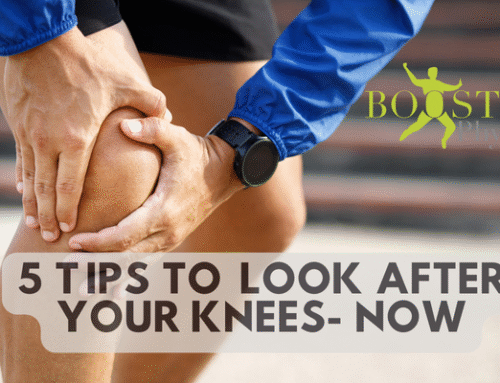Trends in the fitness industry are forever changing. One of the most popular forms of exercise at the moment and a personal favourite of mine is high-intensity interval training (HIIT). With this in mind I thought I would share some tips and information with you…
HIIT is an enhanced form of interval training aimed at increasing metabolic change. It is a training technique that alternates short bursts of high intensity exercise with less intense rest periods. Research has shown HIIT to have multiple benefits on health and fitness. It can increase metabolic rate and fat burning potential and it is thought to elevate post-exercise metabolism for up to 24 hours following exercise (Alhamadi 2014; Bryner et al 1997; Boutcher 2011, Trapp et al 2008).
Basically, exercising in this way improves your ability to burn fat and calories. HIIT continues to work post-exercise allowing you to burn fat faster than normal for up to 24 hours after exercise. This means that you are still burning fat even after you have left the gym!
In addition to its health and fitness benefits HIIT is a quick and easy way to exercise with sessions usually lasting for around 20-30 minutes. Your fitness level will determine your work/recovery ratio. Beginners will usually start with a 30 seconds work period followed by 60 seconds rest while the more advanced can work for 20-30 seconds with a 10-15 second rest period (believe me that’s tough!) The idea is that you work pretty much flat out for your “work” period and rest during your “recovery” period. To get the most out of your session I would recommend a dynamic rest period whereby you keep moving and recover with a low intensity exercise rather than standing still.
HIIT can be done anywhere: at home, at the gym or in the park and requires little or no equipment as it generally uses your own body weight to get your heart rate up. It can be applied to any form as exercise whether that be sprinting, cycling, cross-training, squats, lunges or press-ups – whatever takes your fancy.
It all sounds too good to be true? What’s the catch? Well, from personal experience it is a great form of exercise if done safely and correctly and certainly gets results fast. However, there are certain things to take into consideration. Below I have put together my top tips for safe and successful HIIT training:
- Don’t overtrain: Because this type of exercise is so quick any easy, it’s tempting to train everyday. I would aim to do it 2-3 times a week to allow your body to recover in between sessions.
- Modify the exercises to suit your individual needs e.g. If you suffer with arthritic knees, sprinting and plyometric (jumping/impact) type exercises would not be ideal for you. Instead apply the HIIT principles to a lower impact activity such as cross-training or swimming or just focus on your core and upper body. Additionally, the elderly population should be cautious with plyometric style exercises due to the higher risk of tendon injuries.
- HIIT isn’t for everyone It is aimed at the relatively fit, healthy and active population. You need to have a fairly good level of fitness before starting. I would recommend being able to perform 20-30 minutes of cardio exercise at 70-80% of your maximum before beginning.
- Technique is very important Poor technique on simple exercises such as squats and lunges can put excess strain on the knees, hips and lower back eventually leading to injury.
- Pre-training Before starting on a HIIT regime I would suggest preparing your muscles and tendons for the explosive nature of some of the exercises commonly used. Building up strength with basic movements such as heel raises, squats and lunges could help to reduce the risk of injury.
- Pilates To keep your core strong and maintain good posture I suggest carrying out Pilates in between HIIT session.
- Warm up and cool down To prevent injury start with a 3-5 minute warm-up and incorporate stretches for your major muscle groups into your cool down
If you would like to find out more about HIIT or learn how to carry it out safely, book in with me for a HIIT safety and technique session.This 30 minute session will involve a biomechanics assessment/screening and teaching of core principles. Email laura@boostphysio.com to find out more.
References
Alahmadi M A 2014. High-Intensity Interval Training and Obesity. Journal of Novel Physiotherapy. 4:211. doi:10.4172/2165-7025.1000211
Bryner RW, Toffle RC, Ullrich IH, Yeater RA 1997. The effects of exercise intensity on body composition, weight loss, and dietary composition in women. Journal of the American College of Nutrition. 16 (1):68-73
Boutcher S H 2011. High-Intensity intermittent exercise and fat loss. Journal of Obesity. Article ID 868305, 10 pages doi:10.1155/2011/868305
Trapp EG, Chrisholm D J, Freund J, Boutcher SH 2008. The effects of high-intensity intermittent exercise training on fat loss and fasting interval levels of young women. International Journal of Obesity. 32(4) 684-69









